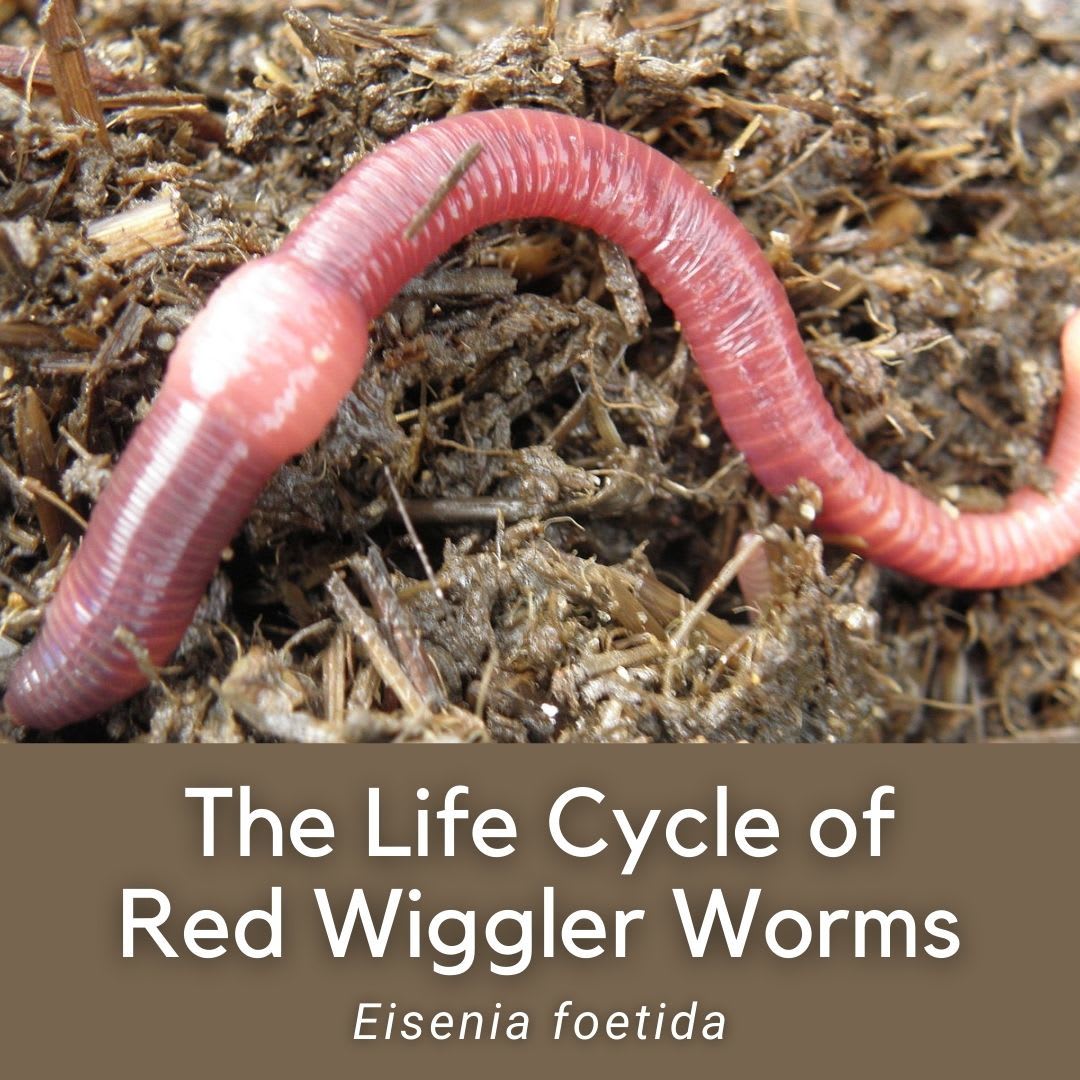Lake Hickory Bait: Your Partner for Successful Fishing on the Lake
Red Wigglers: The Unsung Heroes of Organic Waste Recycling
Red wigglers, or Eisenia fetida, serve as vital representatives in the organic waste recycling procedure, changing disposed of materials into useful vermicompost. Their effective failure of natural matter not just boosts dirt top quality but additionally adds to lasting waste monitoring practices. As the world progressively looks for services to deal with waste buildup and boost agricultural efficiency, understanding the duty of these worms comes to be important. What mechanisms allow them to prosper in garden compost settings, and just how can they be successfully made use of in both household and business setups? Exploring these inquiries reveals the broader implications of vermicomposting in our eco-friendly landscape.
What Are Red Wigglers?
The exceptional resilience of red wigglers, clinically referred to as Eisenia fetida, underscores their important function in organic waste recycling. These tiny, reddish-brown earthworms are generally found in decaying raw material, such as garden compost heaps and manure heaps. Lake Hickory Bait. Unlike other earthworm varieties, red wigglers flourish in nutrient-rich atmospheres and are highly efficient at breaking down organic products, making them crucial for vermicomposting

(Red Wiggler Express)Along with their duty in waste decrease, red wigglers contribute to dirt health by improving soil structure and aeration via their delving tasks (Lake Hickory Bait). Their visibility in composting systems not just improves disintegration rates yet also advertises a lasting approach to waste monitoring, highlighting their value in environmental conservation initiatives
Benefits of Composting With Worms
Composting with worms, specifically red wigglers, offers numerous benefits that boost both waste management and soil health and wellness. These worms successfully break down natural waste, converting it right into nutrient-rich vermicompost that enriches dirt. This procedure increases decay, enabling a much faster recycling of kitchen scraps and various other organic materials contrasted to typical composting methods.
Additionally, the vermicompost created by red wigglers is including advantageous microbes, which aid improve soil structure, aeration, and dampness retention. This boosts the overall health and wellness of plants, promoting energetic development and increased yields in gardens and agricultural setups. Moreover, the use of worms in composting minimizes the manufacturing of greenhouse gases, such as methane, adding to a much more sustainable waste monitoring system.

Exactly How to Begin Vermicomposting
Developing a vermicomposting system is an uncomplicated process that can produce substantial benefits for both waste administration and dirt enrichment. To begin, pick an appropriate container, such as a plastic bin or wooden box, with adequate air flow openings to make certain appropriate airflow. The measurements need to ideally be about 2 feet by 3 feet, allowing enough space for the worms to thrive.
Following, prepare bed linens product, which can be composed of shredded newspaper, cardboard, or coconut coir. This bed linens should be moistened to produce an appropriate habitat for the worms. When the bed linens remains in location, present red wigglers (Eisenia fetida) right into the bin, generally around one pound of worms for every square foot of surface.
Adhering to the placement of worms, add natural waste, such as vegetables and fruit scraps, coffee premises, and crushed eggshells. Avoid including dairy, meat, or oils, as these can produce smells and bring in parasites. Lastly, place the bin in a shaded, temperature-controlled location to maintain ideal conditions for worm activity. With these steps, you will efficiently start a vermicomposting system that adds to lasting waste administration and improves your dirt.
Preserving a Healthy And Balanced Worm Container
(Red Wiggler Express)Keeping a worm bin growing calls for regular interest and treatment to ensure the health and wellness of the red wigglers and the efficiency of the composting procedure. Proper maintenance begins with keeping track of the dampness degrees; the bin must be wet yet not waterlogged. A good general rule is to maintain a consistency similar to a wrung-out you can try these out sponge.
Carefully mixing the bed linens and food scraps every couple of weeks prevents compaction and ensures that all worms have accessibility to oxygen. Additionally, it is vital to feed the worms appropriately.
If the bin becomes as well warm or chilly, the worms may end up being stressed out. By faithfully managing these aspects, one can keep a robust and productive worm container.
Influence On Lasting Living
The effective upkeep of a worm container not only benefits the health and wellness of red wigglers however likewise adds substantially to sustainable living techniques. By reusing organic waste, such as kitchen scraps and yard debris, red wigglers help draw away considerable amounts of product from landfills. This reduction in waste not only reduces greenhouse gas emissions however additionally lessens the environmental worry related to waste administration.
Additionally, the spreadings produced by red wigglers offer as a nutrient-rich organic plant food, boosting dirt health and wellness and advertising plant growth. This all-natural alternative to chemical plant foods sustains lasting farming and horticulture practices, minimizing reliance on artificial inputs that can damage ecological communities. In addition, worm composting cultivates recognition of waste administration, motivating people and communities to take on even more lasting practices.

Conclusion
In recap, red wigglers serve as important contributors to organic waste recycling through their reliable disintegration of organic products. By incorporating vermicomposting into waste management strategies, people and areas can substantially decrease waste while promoting ecological sustainability.